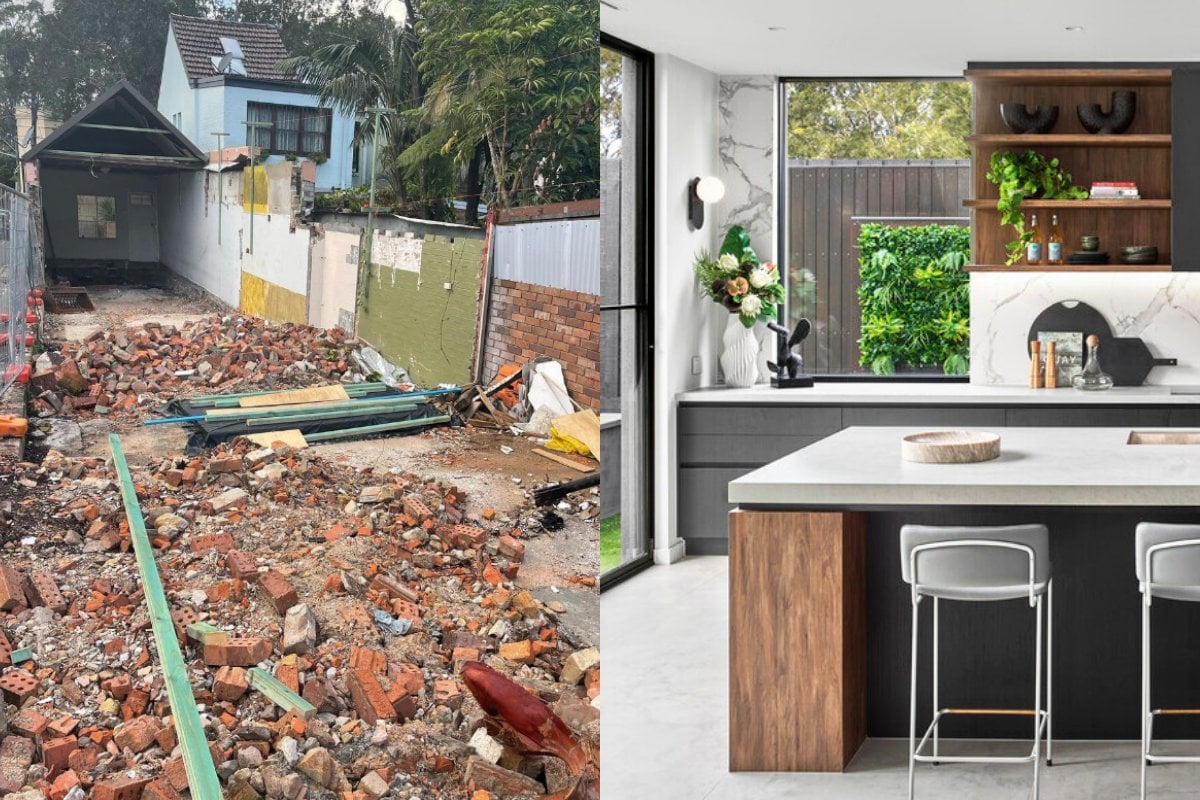

Move over beards and bad dates, apparently your house can give you “the ick” now.
As a serial home renovator, I’m part of a lot of social media groups about renovating, building and flipping houses. Recently I’m seeing a lot of long-form rants from people who have fallen out of love with the homes they once adored.
The language is very relationship-ish. One poster was heartbroken over the “breakup”…with her house. Another claimed “it’s not you it’s me...". Again, to her house.
And, I really get it.
Life unfolds, and walls that you once lovingly painted start feeling a bit too close together. Physical outgrowing your home is the easy part – your family expands, and suddenly, rooms shrink. Toys breed like rabbits, and the once pristine living room morphs into chaos. But it's more than square footage; it's an emotional shift too. The kitchen becomes a dumping ground for school bags, your laptop and 64 water bottles. You find yourself yearning for spaces that mirror your family's growth – rooms for new hobbies, quiet corners for working from home, not having to queue for your own bathroom and storage areas that don't resemble a skip bin.
The seemingly obvious solution is to move. But moving is hard. There are hefty costs associated with selling and buying, not to mention major upheaval for the kids, especially if that involves changing schools. When you’re raising a family, community makes all the difference – I’m only a year into the Kindy experience and I couldn’t imagine leaving my friends and support system behind.
